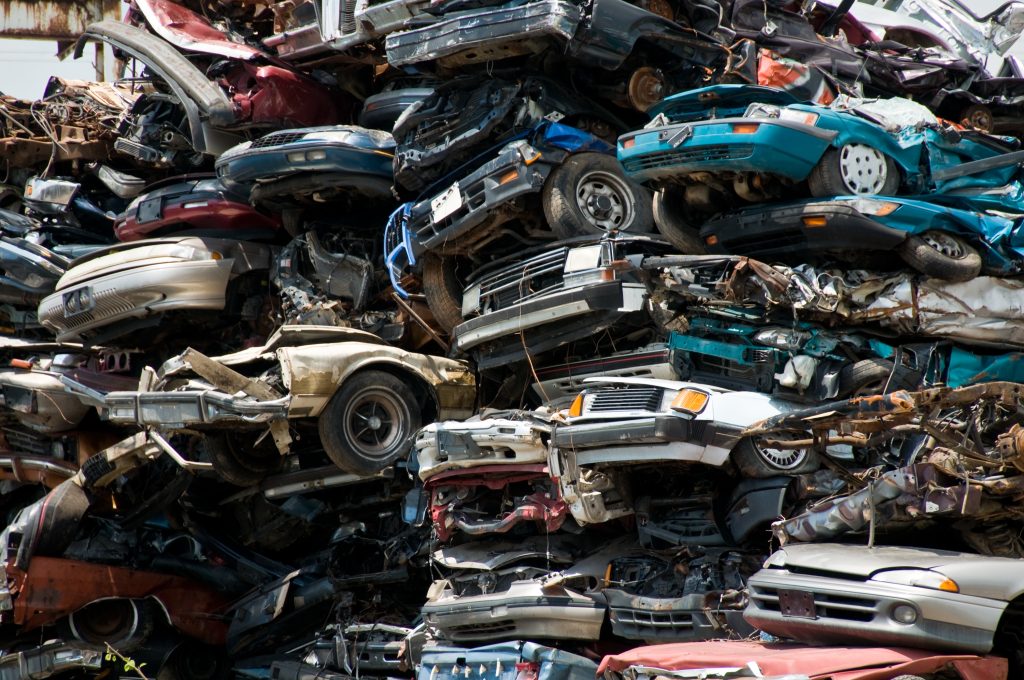With environmental awareness now imperative, the circular economy is gaining prominence, especially in the automotive sector.
Recycled auto parts are revolutionising industry norms, holding an important role in Australia’s pursuit of sustainability. This movement isn’t transient; it’s reshaping how we perceive and employ automotive components. Astonishing statistics reveal a 25% surge in recycled auto parts usage for maintenance and repairs in 2022, reflecting a resolute shift towards circular practices. This trend not only reduces waste but also reinforces Australia’s commitment to a greener future, one recycled part at a time.
The Circular Economy Unveiled
The circular economy stands in stark contrast to the conventional linear economic approach of “take, make, dispose”.
Rather than this one-way trajectory, it champions the reconditioning and recycling of materials and products, fostering a self-sustaining loop that reduces waste and preserves resources. This transition holds special significance within the automotive industry, given the intricate nature of vehicle components that often possess untapped potential for salvage, renewal and a fresh start. This paradigm shift acknowledges the inherent value in what was once deemed discarded, aligning perfectly with the automotive industry’s evolving focus on sustainable practices.
The rise of recycled auto parts epitomises this shift, demonstrating that innovation and environmental responsibility can work together, benefiting both our vehicles and the planet.
The Rising Importance of Recycled Auto Parts
Australia has long been a car-loving nation, with a significant portion of the population relying heavily on personal vehicles for daily transportation. Consequently, the automotive industry generates a substantial amount of waste, including used auto parts.
According to recent statistics, Australia generates millions of tons of automotive waste annually. This waste not only contributes to landfills but also places additional pressure on the production of new auto parts, which require substantial amounts of energy and raw materials. However, the tides are turning. In 2022, the usage of recycled auto parts in vehicle maintenance and repairs saw a staggering increase of 25% compared to the previous year. This indicates a significant shift towards embracing the circular economy model within the Australian automotive industry.
As the nation awakens to pressing ecological concerns, the industry is progressively gravitating towards sustainable practices. Within this transformation, the emergence of recycled auto parts plays a pivotal role. These reclaimed components are emerging as linchpins of change, embodying the nation’s commitment to sustainable solutions and exemplifying the growing fusion of automotive excellence and environmental responsibility. Through the integration of recycled auto parts, Australia’s automotive landscape is turning over a new leaf, as a more eco-conscious path is paved toward a greener and cleaner future.
Economic and Environmental Benefits
Opting for recycled auto parts provides several advantages.
Firstly, it curbs the necessity for fresh part production, leading to energy savings and diminished greenhouse gas emissions. This shift also nurtures a regional niche for refurbishing and recycling auto components, fostering job opportunities and bolstering economic expansion. Moreover, the utilisation of recycled parts offers a budget-friendly avenue for vehicle owners, as these components frequently present a more economical alternative to their brand-new counterparts.
As Australia moves to being more sustainable, these advantages show the way forward, indicating that by embracing recycling, we’re not only driving cost-effectiveness but also steering toward a greener future.
Challenges and the Road Ahead
Despite the promising trajectory of increased recycled auto parts utilisation in Australia, obstacles remain. A central challenge involves shifting consumer mindsets. Prevailing notions ingrained in many suggest that only new parts assure quality and safety. To address this, essential efforts lie in education and awareness initiatives. Dispelling these misconceptions and spotlighting the strides made in testing and quality checkingbecomes paramount. These efforts underscore the dependability of recycled components and highlight the evolving landscape of auto part reliability.
By bridging this information gap and altering perceptions, Australia’s drive toward an eco-conscious automotive sector gains momentum. While hurdles persist, the journey ahead is marked by the potential to reshape consumer perceptions and forge a path where recycled parts are embraced as key contributors to a sustainable and reliable automotive future.
Collaboration for a Sustainable Future
The success of the circular economy in the automotive sector hinges on collaboration between various stakeholders. Auto manufacturers, auto recyclers, mechanics, repair shops, government bodies, and consumers all play a role in driving this change forward.
Manufacturers can design vehicles with easier recyclability in mind, auto recyclers can increase consumer awareness of the quality and reliability of recycled parts, mechanics and repair shops can advocate for and offer recycled parts, and consumers can make environmentally conscious choices when repairing their vehicles. Simultaneously, consumers exercise their influence by opting for eco-friendly selections when tending to their vehicles’ repairs. This shared commitment generates a synergy that propels the circular economy’s success, ushering in an era where collaboration fuels a sustainable automotive landscape. The convergence of these forces not only revolutionises the industry but also echoes the strength of unified action in steering toward a future that’s environmentally conscious and innovation-driven.
The circular economy’s impact on the automotive industry is undeniable, and Australia is at the forefront of this transformation. The growing utilisation of recycled auto parts signifies a shift towards sustainable practices, reduced waste, and a commitment to conserving our planet’s resources. As more individuals recognise the benefits of recycled parts and the automotive sector continues to evolve, we can look forward to a future where circular practices are not the exception, but the norm.



